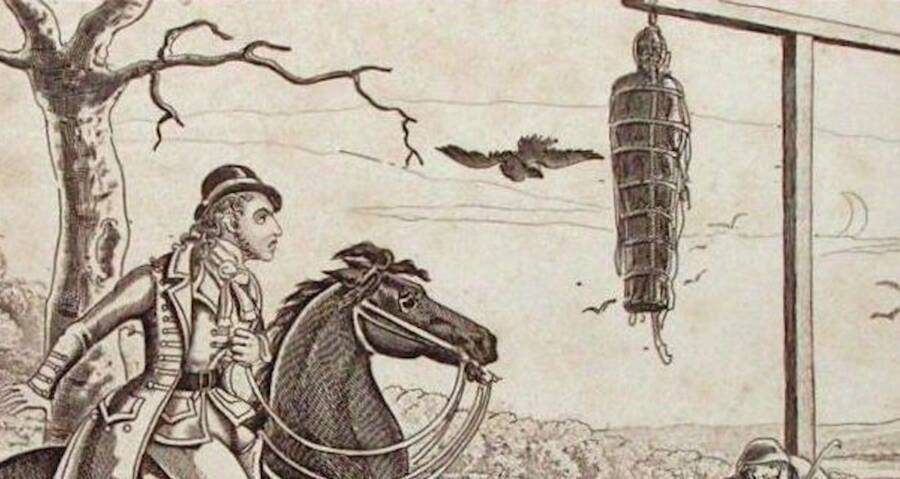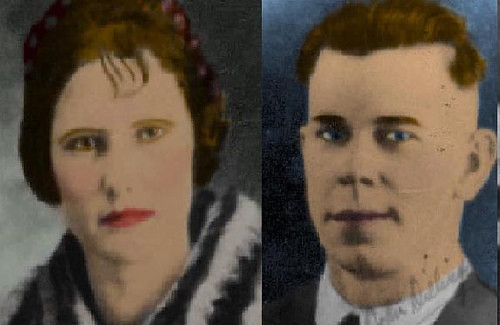The Ghastly History of Gibbeting: Public Executions and the Use of the Gibbet Cage
Discover the chilling history of gibbeting, a gruesome public execution method using the gibbet cage. Explore its origins, use, decline, and legacy.
The Use of the Gibbet Cage in Public Executions
Gibbeting was a horrific form of public punishment that involved displaying the body of a convicted criminal in a gibbet cage. This method of execution was not just a means of carrying out justice but also served as a grim public spectacle intended to deter others from committing crimes.
Origins of Gibbeting: Where Did It Begin?
The practice of gibbeting dates back to medieval Europe, where it was used to punish the most heinous criminals. Originally, gibbeting emerged as an extension of the already brutal practices of hanging and drawing and quartering. The first recorded use of gibbeting can be traced to England in the late 16th century.

Historical Context:
- Medieval Europe: Gibbeting was used to publicly display the remains of executed criminals as a warning to others.
- Public Spectacle: The bodies were often left in the cage for weeks or even months, visible to the public to maximize the deterrent effect.
“The gibbet was not only a means of punishment but also a powerful tool for social control, showcasing the state’s power and instilling fear.” – Historical Analyst
The Role of Gibbeting in Crime Deterrence
Gibbeting was intended to serve as a stark deterrent against crime. By leaving the executed bodies on public display, authorities aimed to:
- Prevent Crime: The gruesome display was meant to frighten potential criminals.
- Psychological Impact: Witnessing the fate of those who broke the law was intended to instill fear and reinforce societal norms.
The effect of gibbeting on the public was profound, creating a sense of dread and reinforcing the harsh penalties for criminal behavior.
Construction and Design of the Gibbet Cage
The gibbet cage was a metal structure designed to confine the body of a criminal after execution. Its design was both functional and horrifying:
- Materials Used: Typically constructed from iron or steel, the cage was both durable and visually intimidating.
- Design Variations: Different regions had variations in design, with some cages being more elaborate than others.
- Placement: The cage was often placed in a public area, such as a crossroads or a major road, where it would be most visible.
Example Designs:
- Iron Gibbet: Often used in Britain, these were robust and designed to last.
- Wooden Gibbet: Less common but used in some European countries, these were less durable and often less visually intimidating.
The Gory Details: The Process of Gibbeting
The process of gibbeting involved several steps:
- Execution: The criminal was first executed, usually by hanging.
- Placement in Cage: The body was then placed in the gibbet cage, which was often hoisted onto a public display.
- Display Duration: Bodies were left in the cage for extended periods to maximize the deterrent effect.
Infamous Cases:
- William Jobling: One of the most famous cases of gibbeting, where Jobling’s body was displayed in a gibbet for several weeks.
- James Cook: The last man gibbeted in England, his case marked the end of the practice in the country.
Gibbeting Around the World: Global Examples of the Gibbet Cage
While gibbeting was most common in Britain, similar practices existed in other parts of the world:
- Britain: Known for its detailed and often elaborate gibbet cages.
- France and Germany: Also used gibbeting, though practices varied by region.
- Other Regions: Similar practices were reported in various cultures, often adapted to local customs and legal systems.
Notable Cases of Gibbeting

Several cases of gibbeting have become infamous throughout history:
- William Jobling: An English criminal whose body was gibbeted in the 19th century.
- James Cook: The last man gibbeted in England, his case signifies the end of the practice in the UK.
- International Cases: Other notable examples include criminals from France and Germany who faced similar fates.
Public Reaction and the Decline of Gibbeting
Public opinion on gibbeting shifted over time. As societal views on punishment evolved, the practice began to fall out of favor:
- Changing Perceptions: Increasingly, the public and legal authorities saw gibbeting as inhumane.
- Legislative Changes: Laws gradually prohibited the practice, leading to its decline.
- Last Uses: The last recorded use of gibbeting occurred in the early 20th century.
The Aftermath: Archaeological and Historical Remains
Archaeological finds have shed light on the practice of gibbeting:
- Discoveries: Various gibbet cages and skeletal remains have been uncovered by archaeologists.
- Insights: These findings provide valuable information about the design and use of gibbet cages.
- Preservation: Some of these artifacts are preserved in museums, offering a glimpse into this dark chapter of history.
The Legacy of Gibbeting: Influence on Popular Culture
Gibbeting continues to captivate the public imagination:
- In Literature and Film: The gruesome nature of gibbeting has been depicted in various works, from historical novels to horror films.
- Cultural Fascination: The enduring interest in gibbeting reflects a broader fascination with historical punishments and public executions.
“The macabre allure of gibbeting remains a powerful reminder of our past, captured in literature and media.” – Cultural Historian
References:
- History Defined: Gibbeting https://www.historydefined.net/gibbeting/






